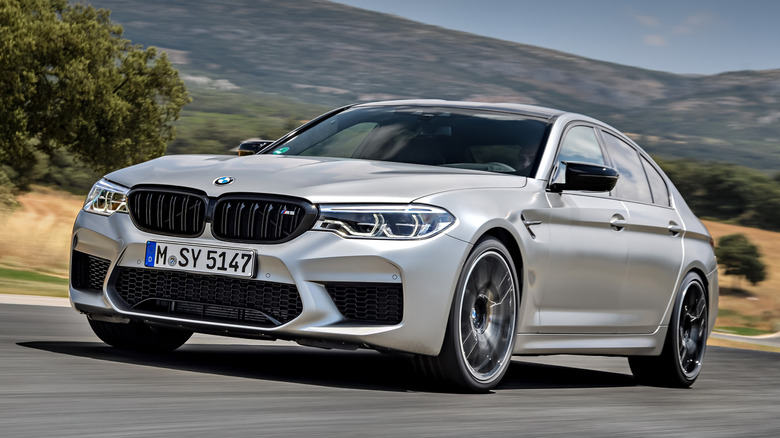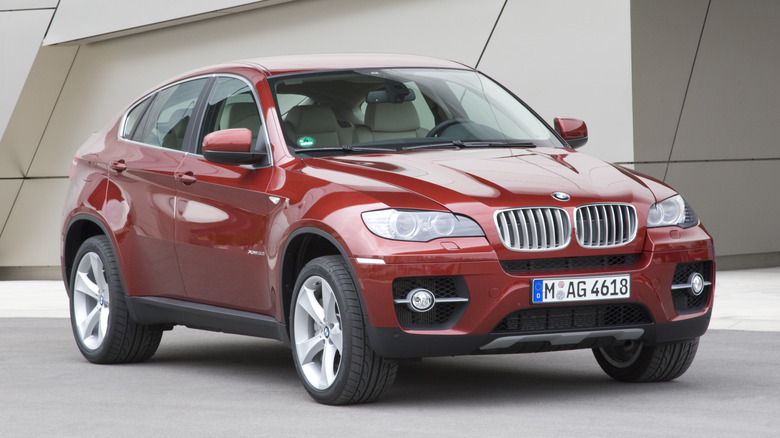S63 Vs. N63 Engines: What Are The Key Differences?
The S63 and the N63 are 4.4-liter V8 engines made by BMW and installed into its vehicles. While these two V8 engines have several similarities, they also have significant differences. Let's start with the similarities. The S63 and the N63 have the same bore, stroke, cam profiles, valve diameters, and compression ratio. Both engines are also made of the same aluminum-silicon alloy.
The N63 engine was developed before the S63 came onto the scene. It first appeared in the 2008 BMW X6 50i. The N63 was a groundbreaking design as it was the first engine to have a "hot-vee" setup, which placed the exhaust manifold and turbos in the valley between the V8's cylinder banks. It also featured direct injection and twin turbochargers. Primary benefits of the hot-vee design were quicker turbo response, as well as less room being required under the hood to fit the engine. Initial output of the N63 engine was 402 horsepower.
The S63 came along two years later as a variant of the N63 engine. It was intended for BMW's M cars and was first used to power the 2010 BMW X5M and X6M. As a high-performance version of the N63, the S63 had some significant design differences that made it more suitable for such an extreme mission. The S63's initial output upon its debut was 547 horsepower, a major boost over the N63's original 402 horsepower.
What are the differences between the S63 and N63 engines?
The S63 engine has several notable differences when compared to the N63. These changes enabled the S63 to put out higher levels of power, which BMW M-car owners expected. The first S63 engines replaced the N63's standard turbochargers with twin-scroll versions. Also added was an exhaust manifold featuring pulse tuning for improved efficiency. Subsequent upgrades over the years included a Valvetronic variable valve lift and increased rev limiter in 2011 that boosted output to 553 horsepower. This was increased to 567 horsepower in 2014 and reached 600 in the final version of this engine that was used from 2018 through 2022.
The 2013 model year saw changes to the N63, namely the addition of the Valvetronic, plus lighter pistons and forged crankshaft and connecting rods. Output increased to 444 horsepower. In 2018, two N63 versions were being used, with outputs of 456 horsepower in the X5 and 523 horsepower in the M850i.
Other differences between these engines include the S63's unique cooling and oil passages in its block, cross-bolted main bearing caps, and larger turbo compressor wheels. The S63 also has 16 oil sprayer nozzles compared to the N63's eight, as well as two oil pumps and an additional oil pickup, while the N63 has one.
In 2022-23, both the S63 and the N63 were replaced by the S68 engine. The S68 V8 first appeared in the 2022 BMW XM Hybrid, 2023 BMW 760i, and 2023 BMW X7 M60i. Its use has since spread to BMW's standard, M Performance, and M GmbH models.

